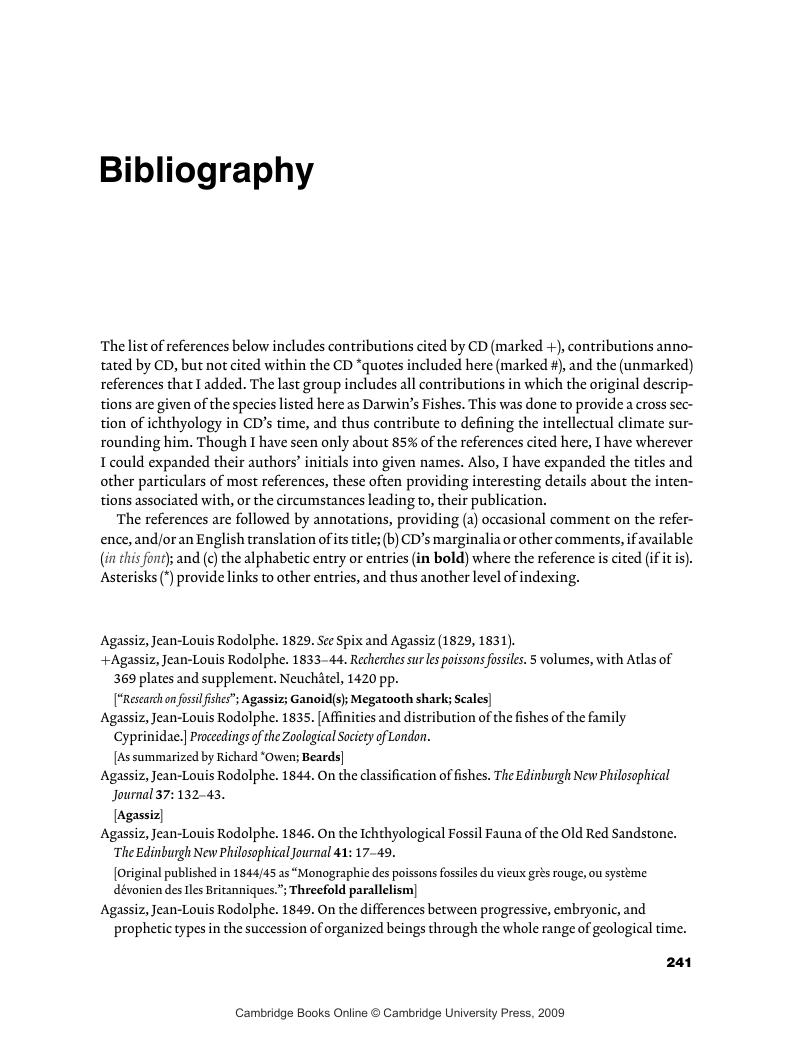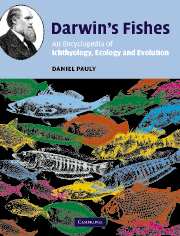Book contents
- Frontmatter
- Contents
- List of figures
- Foreword
- Preface and acknowledgments
- Conventions used in the text
- Darwin and ichthyology
- Darwin's Fishes: a dry run
- Entries (A to ZZZ)
- Appendix I Fish in Spirits of Wine
- Appendix II Fish of the Beagle in the BMNH
- Appendix III Checklist of fish specimens, identified as collected by Charles Darwin on the Beagle voyage, that ought to be present in the collections of the University Museum of Zoology, Cambridge
- Bibliography
- Index to the Fishes
- References
Bibliography
Published online by Cambridge University Press: 08 January 2010
- Frontmatter
- Contents
- List of figures
- Foreword
- Preface and acknowledgments
- Conventions used in the text
- Darwin and ichthyology
- Darwin's Fishes: a dry run
- Entries (A to ZZZ)
- Appendix I Fish in Spirits of Wine
- Appendix II Fish of the Beagle in the BMNH
- Appendix III Checklist of fish specimens, identified as collected by Charles Darwin on the Beagle voyage, that ought to be present in the collections of the University Museum of Zoology, Cambridge
- Bibliography
- Index to the Fishes
- References
Summary

- Type
- Chapter
- Information
- Darwin's FishesAn Encyclopedia of Ichthyology, Ecology, and Evolution, pp. 241 - 322Publisher: Cambridge University PressPrint publication year: 2004

